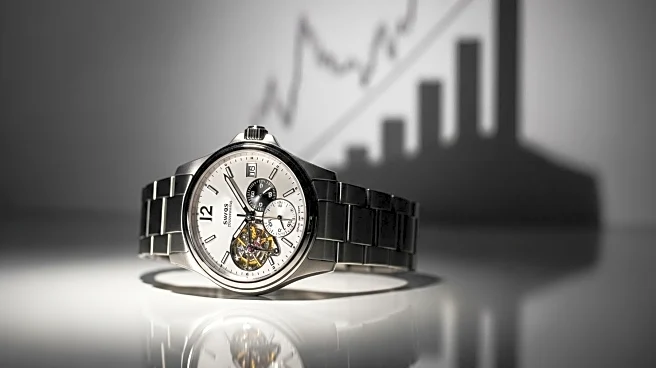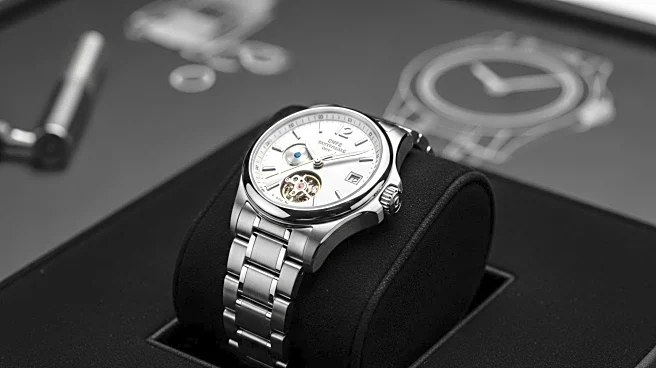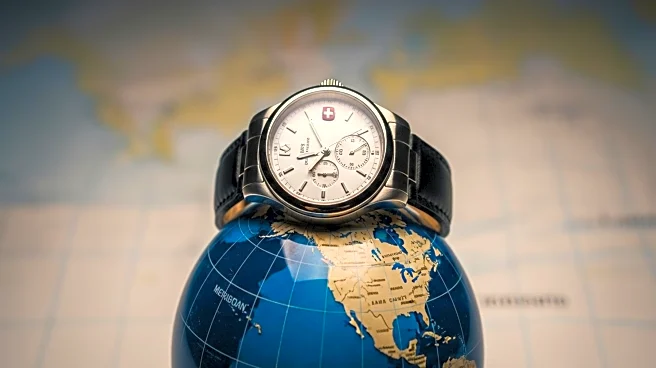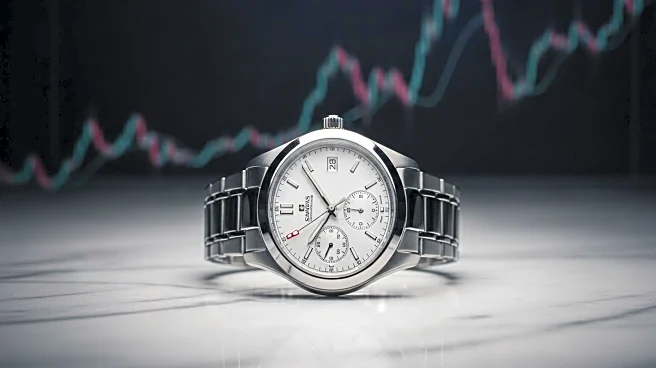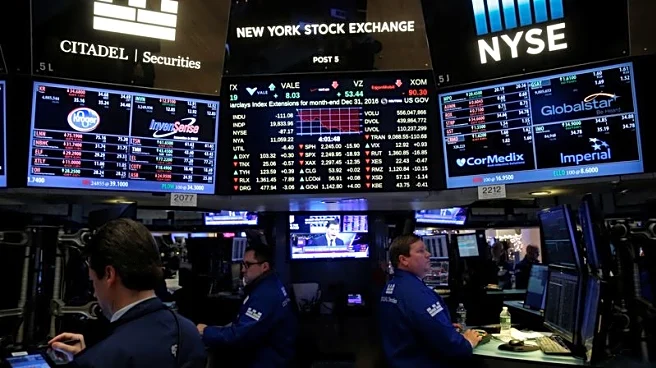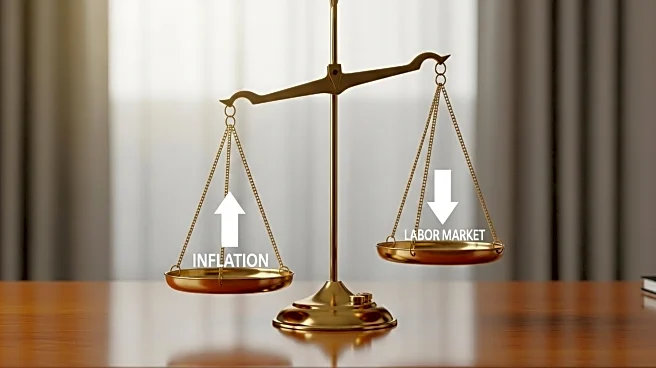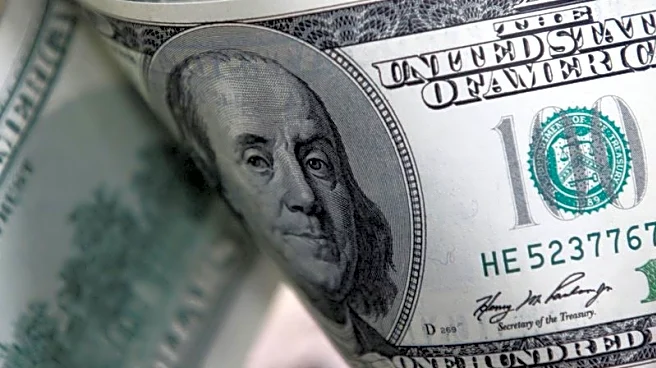What is the story about?
What's Happening?
Swiss watchmakers, including Rolex, Patek Philippe, and Audemars Piguet, have demonstrated resilience in the U.S. market despite economic challenges. From 2021 to 2024, Rolex's revenue increased by 31.4%, reaching CHF 10.58 billion, driven by strategic pricing and exclusivity. This growth occurred even as the U.S. faced inflation and geopolitical tensions. The secondary market for Rolex watches remained stable, with models like the Daytona and Submariner retaining their value. Swiss watch exports to the U.S. rose by 6.9% in 2025, outpacing broader economic signals. The pre-owned watch market has also grown, doubling in consumer interest since 2020, indicating a shift towards luxury assets perceived as tangible and liquid.
Why It's Important?
The performance of Swiss watchmakers in the U.S. serves as a barometer of consumer confidence, offering insights into economic health. Despite fluctuations in the U.S. Consumer Confidence Index, luxury watches have maintained demand, suggesting that consumers prioritize these items as investments and symbols of social capital. The growth in the pre-owned market reflects changing consumer priorities, with a focus on sustainability and investment value. This trend highlights the luxury sector's ability to adapt to economic cycles, providing stability and early signals of shifting consumer sentiment.
What's Next?
The looming threat of U.S. tariffs on Swiss watches could impact the industry, potentially forcing brands to absorb costs or pass them to consumers. However, Swiss watchmakers have responded by reducing production to emphasize exclusivity, maintaining demand despite regulatory risks. As the Federal Reserve considers rate cuts and global trade tensions persist, the industry's next moves will be closely watched. The ability of Swiss watchmakers to navigate these challenges will be crucial in maintaining their role as indicators of consumer confidence.
Beyond the Headlines
The Swiss watch industry's resilience underscores the broader luxury market's adaptability. By focusing on exclusivity and strategic pricing, these brands have managed to transcend economic cycles. This approach not only ensures continued relevance but also positions luxury watches as a unique asset class that withstands volatility. As economic indicators often lag reality, Swiss watchmakers offer a more immediate read on the health of the U.S. consumer, highlighting the importance of cultural capital in driving demand.
AI Generated Content
Do you find this article useful?
